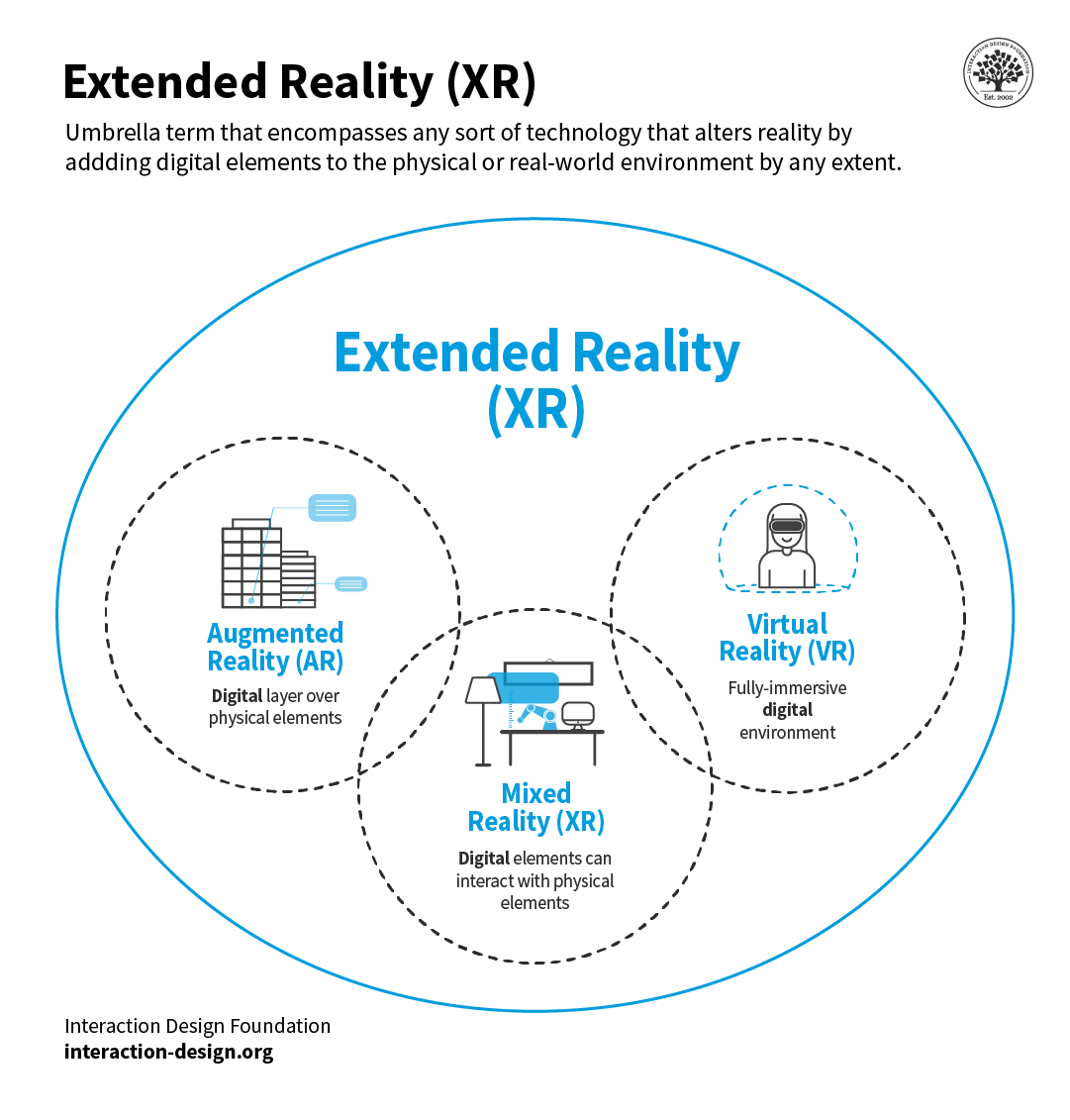
Augmented Reality: A New Layer on Our World
For decades, the promise of seamlessly blending the digital and physical worlds has captivated technologists and futurists. That future is no longer distant; it’s arriving now, powered by Augmented Reality (AR). AR isn’t about replacing reality, but enhancing it – overlaying digital information, images, and experiences onto our existing perception of the world. This isn’t simply a gimmick; it’s a fundamental shift in how we interact with information, products, and each other, poised to revolutionize industries from retail and healthcare to education and manufacturing.
Unlike Virtual Reality (VR), which creates entirely immersive, simulated environments, AR utilizes your existing surroundings as the canvas. Through smartphones, tablets, and increasingly, specialized AR glasses, digital elements are anchored to real-world locations, creating interactive and contextual experiences. The accessibility of AR, largely driven by smartphone penetration, is a key factor in its rapid adoption and potential for widespread impact.
Transforming Industries with Immersive Experiences
The applications of AR are remarkably diverse. In retail, AR allows customers to virtually “try on” clothes or “place” furniture in their homes before making a purchase, dramatically reducing return rates and increasing customer satisfaction. Imagine pointing your phone at an empty wall and instantly visualizing how a new painting would look, or seeing what a sofa would look like in your living room, complete with accurate sizing and color representation. This level of visualization builds confidence and streamlines the buying process.
Healthcare is also experiencing a significant AR boost. Surgeons are utilizing AR to overlay patient scans onto their field of vision during operations, providing real-time guidance and improving precision. Medical students can use AR apps to dissect virtual anatomy models, offering a risk-free and highly detailed learning experience. Furthermore, AR is being deployed to assist patients with rehabilitation exercises, providing visual cues and tracking progress.
Manufacturing benefits from AR through enhanced training and remote assistance. Technicians can use AR to receive step-by-step instructions overlaid onto the equipment they are repairing, reducing errors and improving efficiency. Experts can remotely guide on-site personnel through complex procedures, minimizing downtime and travel costs. The ability to visualize data and processes in a real-world context is proving invaluable.
The Future of AR: Beyond the Hype
While early AR applications focused on entertainment and gaming (think Pokémon Go), the technology is maturing rapidly, moving beyond novelty and into practical, everyday use. The development of more sophisticated AR glasses, with improved displays, processing power, and battery life, will be crucial for unlocking the full potential of the technology. These devices will move beyond bulky prototypes and become sleek, comfortable, and socially acceptable accessories.
However, challenges remain. Data privacy concerns, the need for robust and reliable tracking technologies, and the development of compelling content are all critical areas that require attention. The success of AR will depend not only on technological advancements but also on addressing these ethical and practical considerations.
Here are some key areas where AR is expected to see significant growth:
- Education: Interactive textbooks, virtual field trips, and personalized learning experiences.
- Navigation: AR-powered directions overlaid onto the real world, eliminating the need to constantly look at a phone screen.
- Remote Collaboration: Shared AR workspaces allowing teams to collaborate on projects in a more immersive and intuitive way.
- Accessibility: AR applications assisting individuals with visual impairments or other disabilities.
- Entertainment: More sophisticated AR games and experiences that blend seamlessly with the physical environment.
